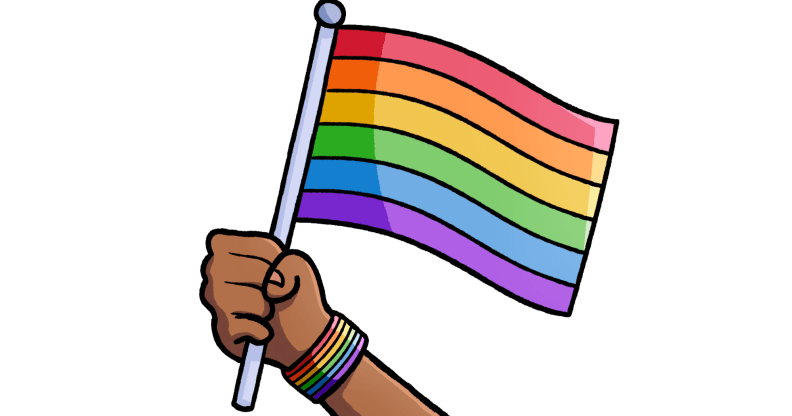Less than 1% of civil partnerships end in ‘divorce’

Figures obtained by PinkNews.co.uk show that less than 250 lesbian and gay civil partnerships have ended in a dissolution.
Between December 2005, when gay and lesbian couples gained the legal right to formalise their relationships, and December 2007, there were 24,629 civil partnerships in England and Wales.
Couples have to wait at least a year before they can apply for a dissolution of their partnership.
Her Majesty’s Court Service told PinkNews.co.uk that between December 2006 to 28th July 2008, there have been just 245 petitions for a dissolution.
Of those, 108 have been granted a final dissolution, one partnership has been declared null and three have had separation orders issued.
The figures may include same-sex unions, marriages or partnerships entered into overseas and dissolved by the courts in England and Wales.
In June Little Britain star Matt Lucas announced the first celebrity dissolution. He and his partner Kevin McGee entered into a civil partnership in 2006.
Ben Summerskill, chief executive of Stonewall, said:
“This is a small number and it confirms that many people entering into civil partnerships take it very seriously indeed.
“Certainly there is no credible evidence that lesbian and gay people do not live in stable relationships.
“We hope the Office for National Statistics will include questions to build on this in the next census.”
An ONS Spring 2008 publication, Population Trends, stated:
“Divorce rates in 2005 suggest that approximately 45 per cent of marriages will end in divorce.
“Almost half these divorces will occur before couples reach their tenth anniversary.”
Most recent figures show there were 132,562 divorces in 2006 and 141,750 in 2005.
In 2006, there were 275,140 weddings in the UK.
The Office for National Statistics does not propose to ask a question about sexual orientation in the 2011 Census.
However, there will be a ‘civil partnership’ option on the census, which is conducted every 10 years by the ONS.
Every household in the UK is legally required to fill out a census form.
The Treasury estimates that 6% of the UK population are lesbian, gay or bisexual.
A spokesman for the ONS told PinkNews.co.uk that they do not propose to ask a question in 2011 as they feel there are better ways to collect “timely and reliable” sexual identity information.
The lack of a question on the census has led to other social research organisations to exclude questions on sexuality, often citing the lack of a standardised question.
Final decisions on the content of the 2011 Census will not be made until the consultation and testing programme is complete and Parliament gives formal approval in 2010.
A White Paper setting out the Government’s proposals is scheduled for the autumn.
Last month it was revealed that just one in 100 people described themselves as gay in a recent ONS survey into British sexuality.
A further one in 100 described themselves as bisexual, 0.6 per cent said “other” and three per cent said they were not willing to declare their sexuality.
Some failed to answer the question properly; responses included: “female”, “normal”, “not active” and “I am OK with my sexuality.”
ONS asked 4,000 people but admitted that the results of the survey were “not a reliable estimate” of the gay population.
Last year Stephen Williams MP tabled an Early Day Motion in the House of Commons asking the government to ensure that a question is asked in 2011 about sexual orientation.
Mr Williams, the MP for Bristol West, welcomed the decision to ask a question about civil partnerships, but said that is important to know how many gay people there are in the UK.
“There will always be some dispute as to the proportion of people that are gay, lesbian or bisexual – is it 5%? 8%? 10%?
“It is important that the make-up of society is understood.”

